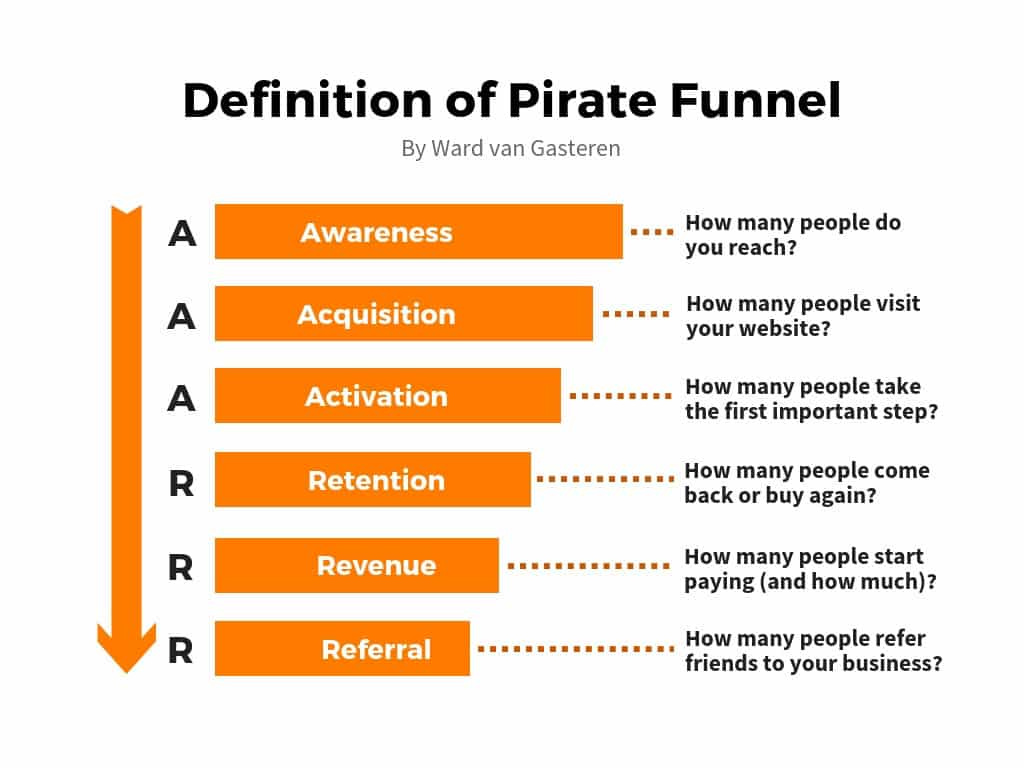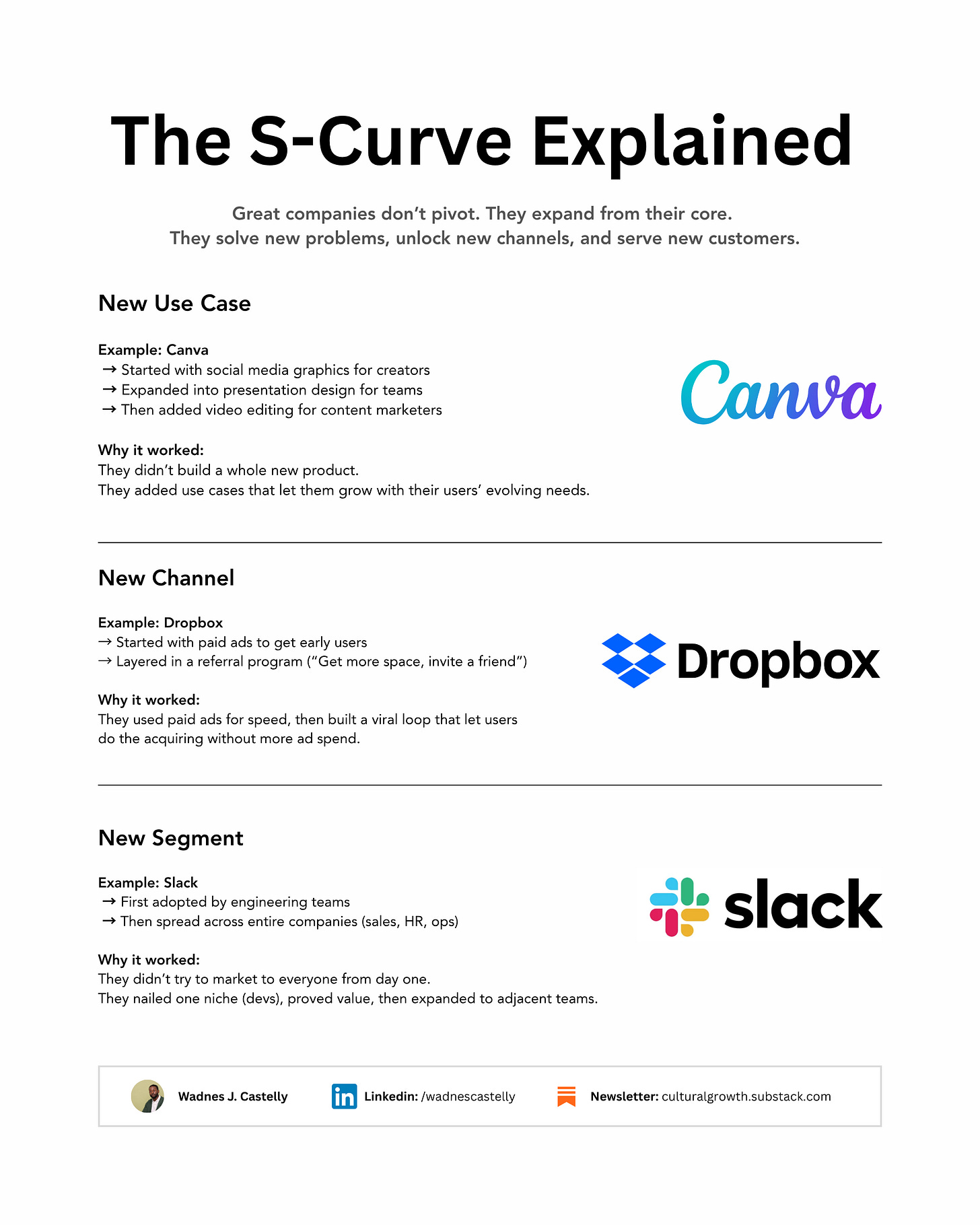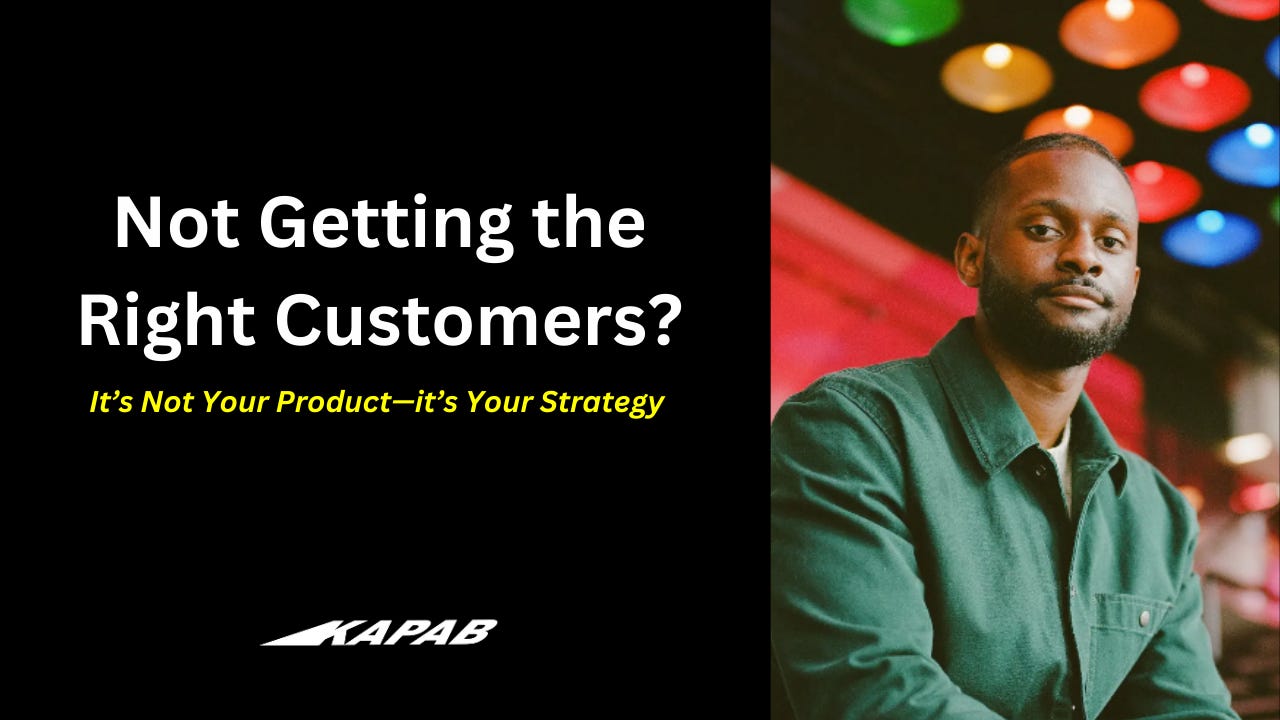The 4 Systems Every Startup Needs to Grow on Purpose
If growth feels like guessing, this is your playbook. Learn the 4 systems that separate struggling startups from scaling ones.
Hey, it’s Wadnes.
Welcome to my weekly newsletter, where I share insights on go-to-market strategy, achieving product-market fit, and how startup founders and marketers can use cultural insights as a growth lever to stand out, compete, and win customers.
Enjoy this week’s post.
Read Time: 5 minutes
Most startups don’t struggle because of bad tactics.
They struggle because they’re missing the systems that make growth work.
This playbook gives you the 4 growth systems that drive intentional, repeatable, scalable growth.
Plus the cultural signals that turn those systems into unfair advantage.
The 4 Growth Systems (and How to Audit Them)
These aren’t hacks. They’re the systems that compound.
1. Fit System: The Five Fits Framework
Growth is not a single problem. It's 5 systems working in harmony.
If even one is off, growth stalls. No matter how hard you hustle.
The 5 Fits Diagnostic:
Market Fit – Are you solving a painful problem for a specific group?
Product Fit – Does your solution deliver value they actually care about?
Model Fit – Can you make money without burning out or going broke?
Brand Fit – Do they trust you to solve the problem?
Channel Fit – Can you reach these people repeatedly and profitably?
Breakdown Example
Quibi raised $1.75B, had top talent and a sleek product—yet flopped. Why?
No real Market–Product Fit. TikTok already owned that attention.
Fit Win Example
Patreon nailed Market–Product–Model Fit from Day 1.
It worked for creators, took a % of earnings, and scaled as creators succeeded.
Use this to: Find the real bottleneck. If growth feels hard, don’t guess. Audit your fits.
Culture-First Signal: Look for signs of Meaning, Connection, and Differentiation:
Meaning → Are you solving a problem that feels personally or culturally urgent?
Connection → Does your messaging sound like them (not just to them)?
Differentiation → Does your brand feel like a clear “us” in a sea of “them”?
If not, it might not be a tactics issue. It’s a cultural resonance issue.
2. Flow System: The AARRR Funnel
Map the path from stranger → customer → evangelist. Then find out where they drop.
The 5 Funnel Stages:
*Acquisition implies awareness
Acquisition – How do people first hear about you?
Activation – Do they reach the “Aha!” moment quickly?
Retention – Do they come back? Or churn?
Revenue – Are you making more than you’re spending?
Referral – Are they sharing you with others?
Common Pitfall:
1,000 people visit… only 2 sign up?
It’s not a traffic problem. It’s an Activation or Product Fit problem.
Use this to: Spot and patch your leakiest funnel stage before you pour in more traffic.
Culture-First Signal: Look for emotional or social drop-off points:
Meaning → Does the onboarding reinforce what they believe or aspire to?
Connection → Are you using tone, visuals, and UX that feel familiar and trusted?
Differentiation → Does your flow signal you’re not like everyone else?
The leak may not be in the mechanics—it could be in the vibe.
3. Scale System: Acquisition Loops
Funnels help you see. Loops help you scale.
What’s a loop? Input → Value → Output → Reinvest → Repeat.
There’s 3 types of scalable loops:
Virality: Users invite users (e.g. Slack, Dropbox)
Paid: $1 in → $2 out → reinvest (e.g. DTC brands)
Sales: Rep closes → revenue → hire more reps
Not a Loop: PR, Product Hunt, TechCrunch. These spike… then fade.
Use this to: Build a self-reinforcing engine. If growth isn’t compounding, it’s a hamster wheel and this is what you don’t want.
Culture-First Signal: Great loops don’t just scale.
They spread because of identity:
Meaning → Does sharing your product feel like sharing a belief or a badge?
Connection → Are people inviting others who “just get it”?
Differentiation → Does your loop look and feel different from the category norm?
Virality isn’t about buttons. It’s about belonging.
4. Longevity System: Stacking S-Curves
Growth doesn’t happen in a straight line. It follows an “S” shape: slow at first, then sharp growth, then a plateau.Most startups ride one growth wave and stall. Every product, channel, or audience follows this curve:
Start: Early traction
Lift-off: Find repeatable success
Saturation: Growth slows as channels get crowded or the market matures
The mistake? Waiting until the saturation phase to build the next wave.
Smart Founders Stack Growth Curves Early:
Each company didn’t rely on one wave of growth.
They layered new curves early—either by expanding what the product did (use case), where they reached people (channel), or who they served (segment).
New use case: Canva → Social graphics → Presentations → Video
New channel: Dropbox → Paid ads → Referral loop
New segment: Slack → Dev teams → Enterprise orgs
Culture-First Signal: New S-curves aren’t just market shifts - they’re cultural moments:
Meaning → Are new features/use cases aligned with a rising belief or unmet desire?
Connection → Are you reaching new groups with shared identity or need?
Differentiation → Are you jumping ahead of stale playbooks with culturally-tuned innovation?
The best new curves start where your category’s blind spots begin.
The Learning Loop: Growth’s True Engine
The fastest-growing startups aren’t the ones with the best ideas.
They’re the ones that learn the fastest.
Ask this on repeat:
What did we test?
What did we learn?
What’s the next experiment?
Why it matters:
Growth loops reinvest revenue
The growth process reinvests learnings
Together, they create a compound advantage
Use this to avoid random tinkering.
Build a culture of rapid feedback and confident iteration.
Culture-First Signals to Look For:
Ask yourself: Are you learning what actually moves hearts and minds?
Meaning → What language or offers light people up (not just convert)?
Connection → Are you testing against culture, not just copy?
Differentiation → What are you learning that your competitors aren’t looking at?
Culture is a growth channel. Treat it like one.
Growth isn’t magic. It’s a strategic art and science
If your startup feels stuck. Remember this checklist:
Don’t throw more tactics at the wall
Audit your fits
Find your compounding loop
Stack your next S-curve
Learn faster than the competition
Build with cultural relevance (not just conversion) in mind
This is how you stop guessing and build a startup designed to grow.
Take my 10 question Culture-Market Fit Assessment to find your biggest growth blocker and get a step-by-step checklist to fix what your strategy is missing and how to fix it so the right people finally pay attention.












